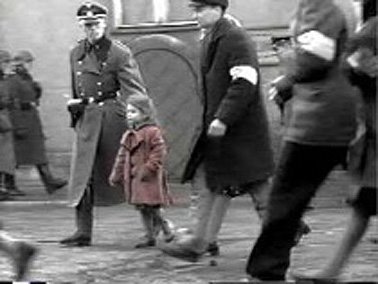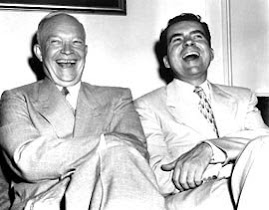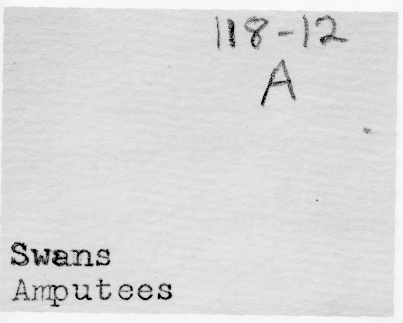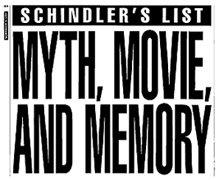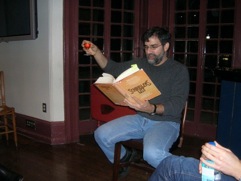Criticism
Form and Nature
It’s not everyday the website for a right-wing think tank publishes an article on Flarf. Micah Mattix’s article, in The Public Discourse, the blog of Princeton’s Witherspoon Institute, argues for a rejection of the modernist / postmodernist tendency to experiment with form for the sake of new models of reading and readership, and a return to the “natural order” of “formal” poetry. Flarf receives special scorn because it does not reflect such a natural order—is that because of its formal properties, or because of its content, which is gleaned from that most seemingly unnatural of all spaces, the web? Mattix points out (which everyone admits anyway) that all poetry is formal, and there is no such thing as an unformed poem. But which forms, precisely, are “natural?” Which are not? And where (geographically, historically) do these “natural” forms come from? Well, there’s no history in the article, so who knows. But Mattix, who seemingly hasn’t read anything ever written about poetry or aesthetics, does have some major advice for poets:
What is needed now is not more ideological poetry but a new discovery of the “fundamental and perennial rules” of poetry. Without rules, there is no order and, therefore, no recognition. In the end, it is this recognition that makes experiencing art worthwhile. Via complex forms, we recognize the paradoxes of our present existence, or our fractured, conflicting selves, our yearning for coherence, transcendence, and closure, and the infinite beauty of the Creator.
If poetry is ever to regain an audience, it must stop resisting—because of dubious egalitarian, ideological reasons—the hierarchies of complex form. Only then can it again become relevant.






 "I teach horizontally, meaning that while I might begin with a fixed idea of what I'm going to teach that day, I let it drift rhizomatically way off topic, often pulling it back when it gets too far. I rely on non-fixed materials to teach this way; the whole world is at my fingertips. Should I go off on a tangent about John and Rauschenberg and their love relationship as expressed in Rauschenberg's bed, an image of that bed is always a click away. From there, we can head anywhere into the non-fixed universe, be it film, text or sound. And of course, that always takes us elsewhere. As Cage says, 'We are getting nowhere fast.'"
"I teach horizontally, meaning that while I might begin with a fixed idea of what I'm going to teach that day, I let it drift rhizomatically way off topic, often pulling it back when it gets too far. I rely on non-fixed materials to teach this way; the whole world is at my fingertips. Should I go off on a tangent about John and Rauschenberg and their love relationship as expressed in Rauschenberg's bed, an image of that bed is always a click away. From there, we can head anywhere into the non-fixed universe, be it film, text or sound. And of course, that always takes us elsewhere. As Cage says, 'We are getting nowhere fast.'" 

 that anyone has yet got the imaginative measure of that terrifying day six years ago. Certainly our Tolstoy has not crawled out of the rubble. The closest we have, Don DeLillo, succeeded as an essayist-journalist ("In the Ruins of the Future: Reflections on Terror and Loss in the Shadow of September,” Harper’s, December 2001) but, to my mind, failed as a novelist ("Falling Man"). One reason, perhaps, is that the remembered emotion was instantly buried under a pile of cultural junk.' - Tod Gitlin in his review of Susan Faludi's The Terror Dream (written for
that anyone has yet got the imaginative measure of that terrifying day six years ago. Certainly our Tolstoy has not crawled out of the rubble. The closest we have, Don DeLillo, succeeded as an essayist-journalist ("In the Ruins of the Future: Reflections on Terror and Loss in the Shadow of September,” Harper’s, December 2001) but, to my mind, failed as a novelist ("Falling Man"). One reason, perhaps, is that the remembered emotion was instantly buried under a pile of cultural junk.' - Tod Gitlin in his review of Susan Faludi's The Terror Dream (written for 


